Myths And Meteors: Asteroids In Celtic Folktales
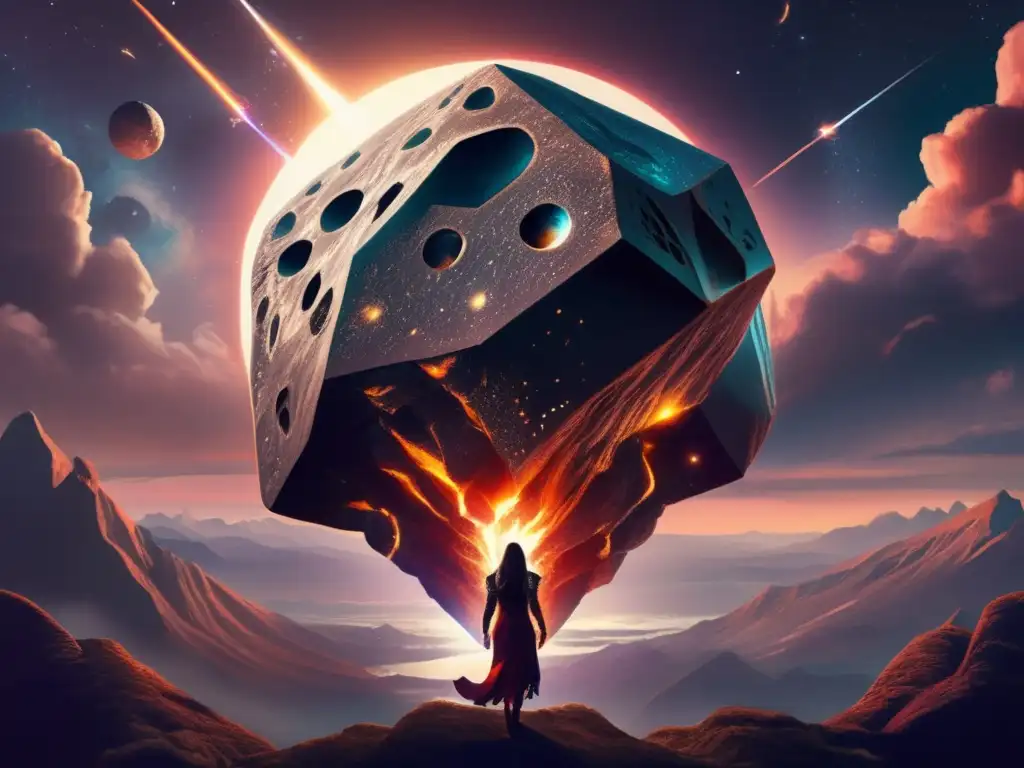
Introduction
Asteroids have fascinated human beings for centuries, sparking myths and legends that have been told and retold for generations. In Celtic folktales, the gods, goddesses, and other supernatural entities often interacted with these celestial objects, incorporating them into their stories. These mythical tales not only entertain but also provide insight into how asteroids were viewed in ancient times. In this article, we will explore the various beliefs and perspectives of the Celts regarding asteroids.
The Táin Bó Cúailnge: The Cattle Raid of Cooley
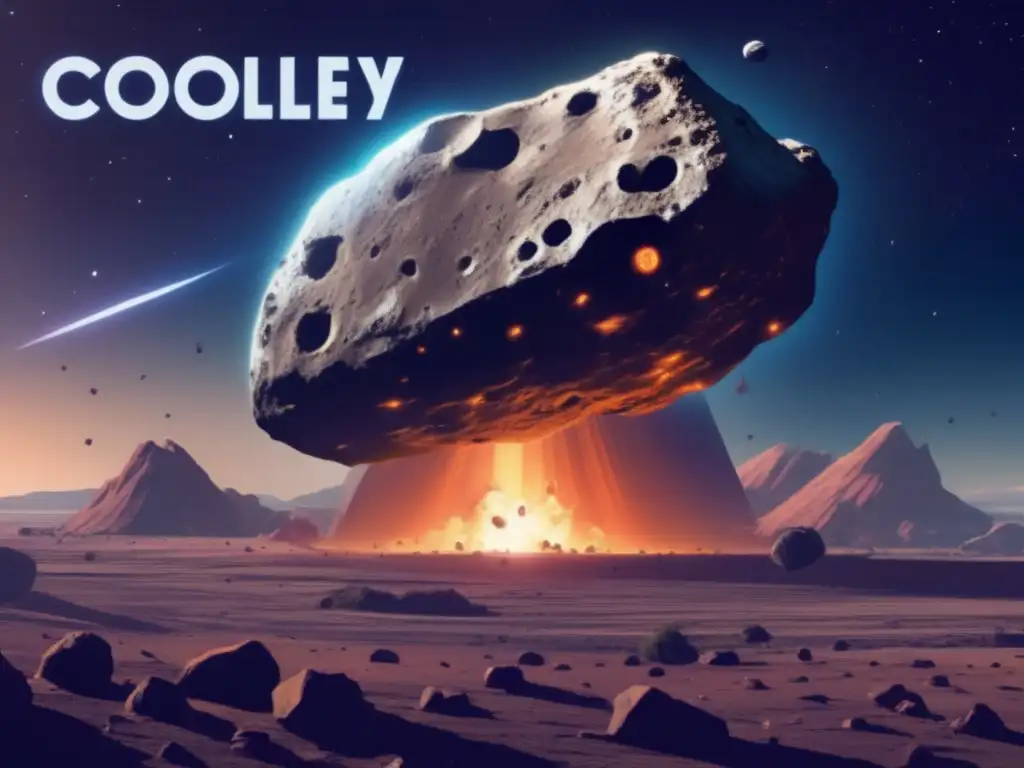
The Tale of Macha and the Two Greyhounds
The Táin Bó Cúailnge, one of the most significant epics of early Irish literature, is a collection of stories about the hero of Ulster, Cú Chulainn, and his great feats of strength and valor. One particular story within the Táin Bó Cúailnge involves Macha, the goddess of sovereignty, and her encounter with two greyhounds. According to the myth, Macha was pregnant and under extreme duress due to a curse placed upon her by King Conchobar. However, when the king demanded she race against his hounds, she outpaced them both, ultimately giving birth to twins shortly after crossing the finish line. The exertion was too much for her, and she died soon afterward. Some scholars believe that the greyhounds may be a metaphor for asteroids, and that the story represents the idea that even the strongest among us can ultimately succumb to the forces of the universe.
The Tale of Cúchulainn and the Morrigú
Another story from the Táin Bó Cúailnge involves the hero Cúchulainn and his meeting with the goddess of war, the Morrigú. In the myth, the Morrigú appears to Cúchulainn as an old hag, and he offers her food and drink, as was custom. As she eats, she transforms, becoming younger and more beautiful until she is a full-fledged goddess once again. She then reveals her true identity to Cúchulainn and warns him of the great battles that are to come. Some interpretations suggest that the Morrigú's transformation may represent the life cycle of an asteroid, moving from an old, dormant state to one of great activity and power.
The Welsh Mabinogion: The Story of Blodeuwedd
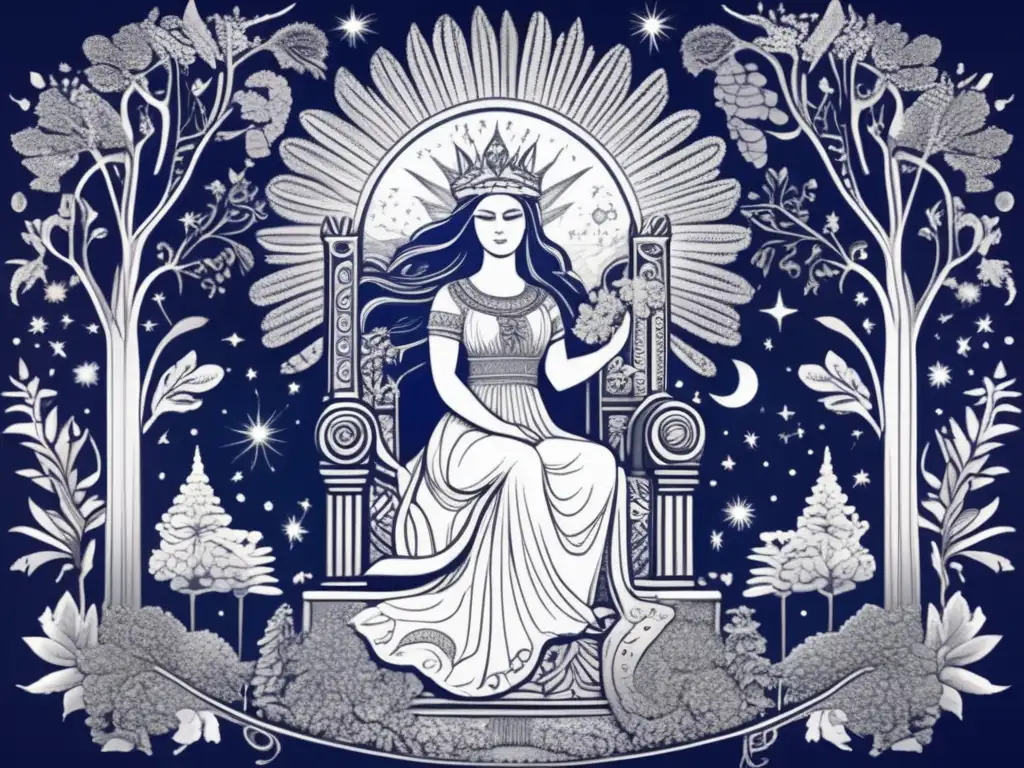
The Creation of Blodeuwedd
In the Welsh Mabinogion, the story of Blodeuwedd tells the tale of a woman created from flowers by two gods, Math and Gwydion. She is given to a mortal man, Llew, as his wife, but she ultimately betrays him, leading to his death. In this myth, some scholars speculate that Blodeuwedd may be linked to asteroids. Like an asteroid, she is an object made up of various elements, brought together into one form. Her betrayal of Llew could be interpreted as representing the threat that asteroids pose to Earth and our civilization.
The Transformation of Blodeuwedd
After Llew's death, Gwydion seeks revenge upon Blodeuwedd, transforming her into an owl. The transformation represents a shift in power from feminine to masculine energy, and it is believed to be a reminder of the cyclical nature of the universe. Some scholars suggest that the owl may have been used to represent the goddess Athena in Greek mythology, further connecting this story to the themes of power and transformation associated with asteroids.
The Ulster Cycle: The Story of Deirdre of the Sorrows
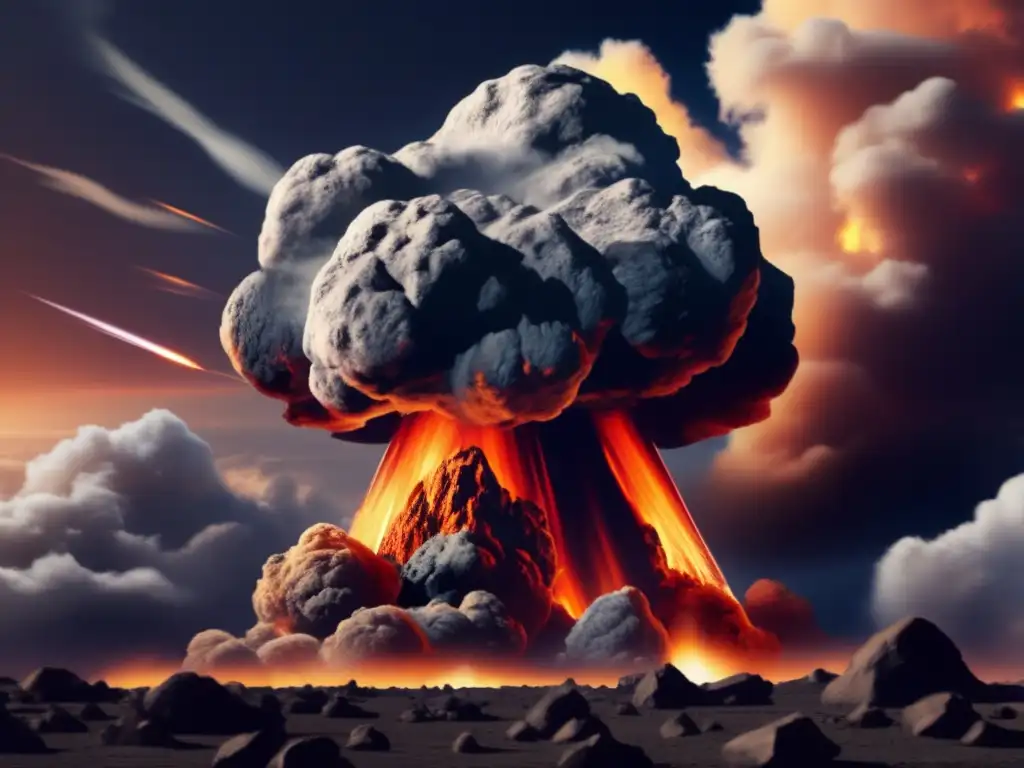
The Prophecy of Cathbad
The Ulster Cycle is a collection of Irish myths that tell the story of the hero Cúchulainn and his many battles. In the story of Deirdre of the Sorrows, a young woman is born under a prophecy that predicts she will bring great destruction to Ireland. The king orders that she be hidden away, but Cúchulainn eventually finds her and falls in love. Their union leads to the death of many warriors and, ultimately, Deirdre's suicide. The prophecy in this story suggests a link between asteroids and the potential for destruction. Some scholars suggest that the red hair of Deirdre may be a reference to the red hue of some asteroids.
The Battle of the Trees
Another story from the Ulster Cycle, "The Battle of the Trees," involves a great cosmic battle that takes place between two opposing forces. The trees that side with King Arawn of Annwn must fight against those that are loyal to King Math of Gwynedd. During the battle, the trees are transformed into various animals and weapons, and their actions affect the natural and supernatural worlds. Some scholars interpret this myth as being influenced by celestial events such as meteor showers, which can cause a significant impact on the environment.
Frequently Asked Questions

-
Are any of these myths still relevant today?
Yes, many of these myths continue to captivate modern audiences, and their themes and messages remain relatable.
-
Do any of these myths provide scientific insights into asteroids?
While none of these myths provide scientific information about asteroids, they do offer cultural insights into how these celestial objects were viewed in ancient times.
-
How were asteroids regarded in Celtic mythology?
Asteroids were often associated with themes such as transformation, power, and destruction. They were considered to be part of a larger cosmic order that affected the natural and supernatural worlds.
-
What other cultures included asteroids in their stories and myths?
Asteroids have been featured in myths and legends from various cultures, including Greek, Roman, and Aztec mythology.
-
What other resources can I explore to learn more about asteroids?
There are numerous books, websites, and journals dedicated to the study of asteroids, including NASA's website, the Asteroid Society of Canada, and the Planetary Society.
Conclusion
In conclusion, Celtic myths and legends offer a unique perspective on the role of asteroids in human culture and history. These stories demonstrate how ancient peoples incorporated astronomical events into their beliefs and worldviews, providing critical insights into the human experience. By examining these myths, we can gain a deeper appreciation for the impact that asteroids have had on our culture, our environment, and our collective imagination.
We encourage readers to share their own thoughts and comments on this article and the broader topic of asteroids in mythology. By engaging with www.asteroidrealm.com, readers can continue to explore this fascinating subject and deepen their understanding of the natural universe.
Additional Resources
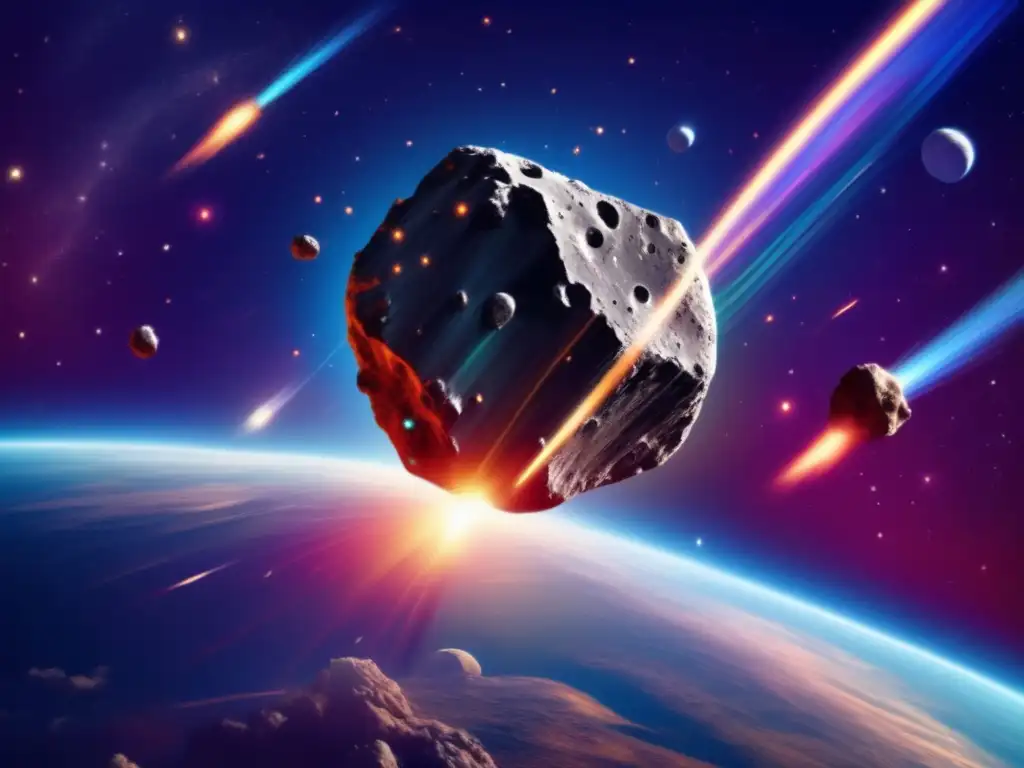
- NASA: In-Depth Overview of Asteroids
- Asteroid Society of Canada
- The Planetary Society: Asteroids and Comets
 Biblical References To Asteroids: A Scholarly Perspective
Biblical References To Asteroids: A Scholarly Perspective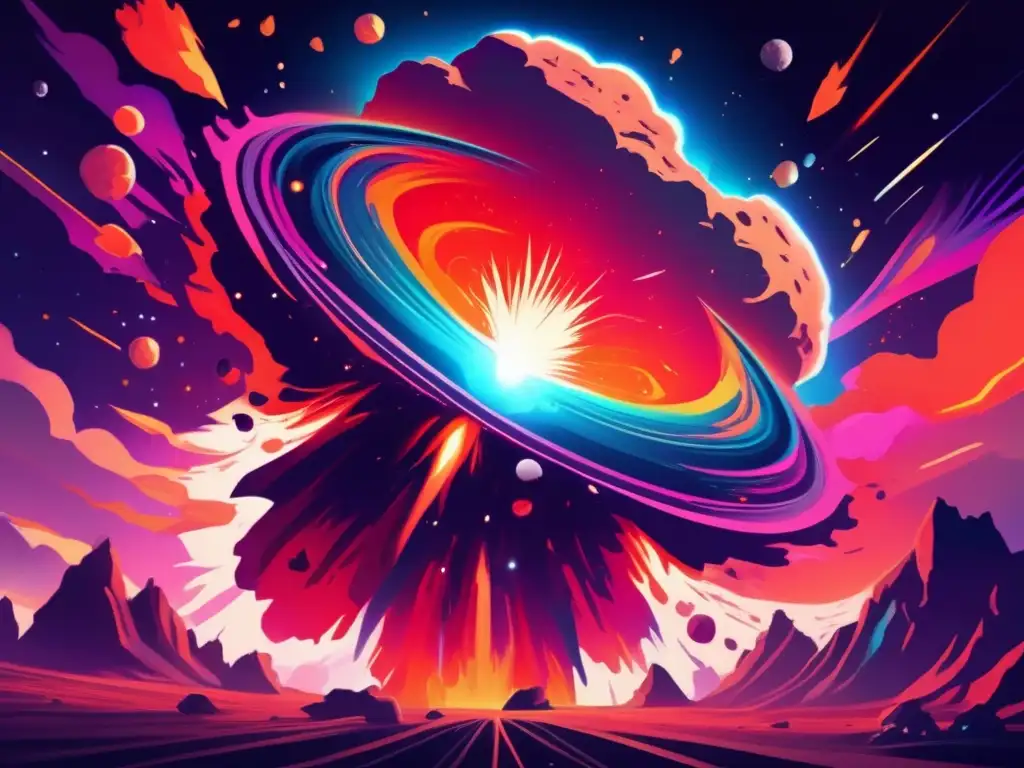 Cosmic Cataclysms: Asteroids In Inuit Legends
Cosmic Cataclysms: Asteroids In Inuit Legends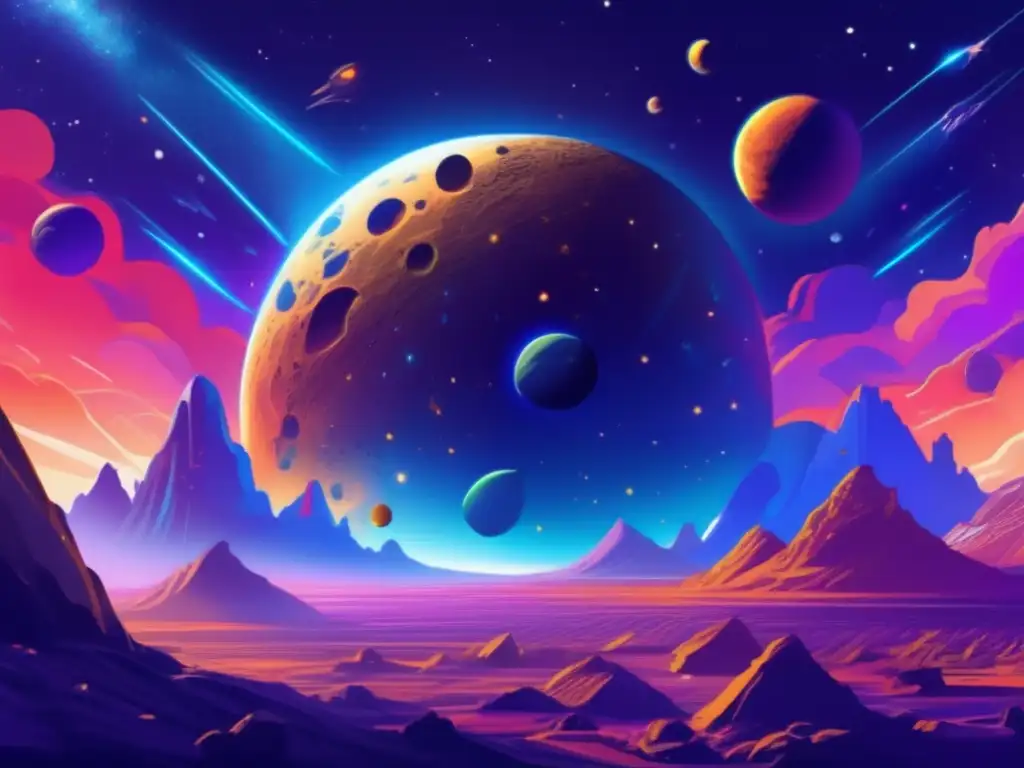 The Mythical Significance Of Asteroids In Indian Texts
The Mythical Significance Of Asteroids In Indian TextsIf you want to discover more articles similar to Myths And Meteors: Asteroids In Celtic Folktales, you can visit the Asteroid Mythology category.
Leave a Reply

Articulos relacionados: